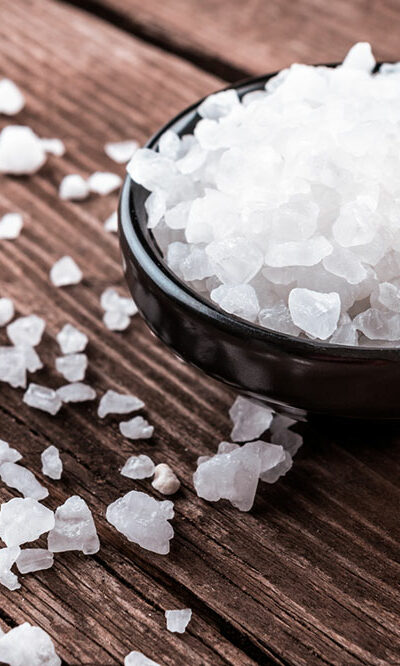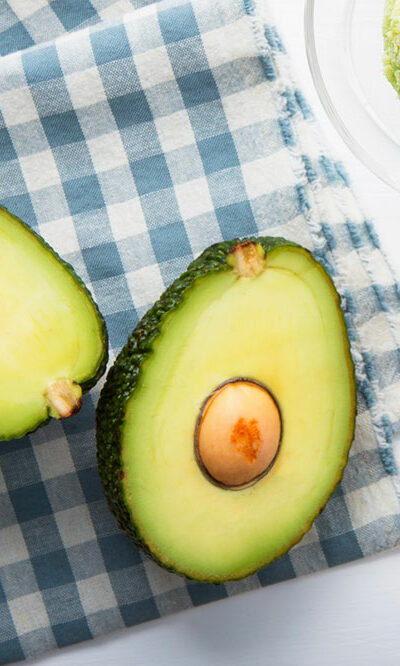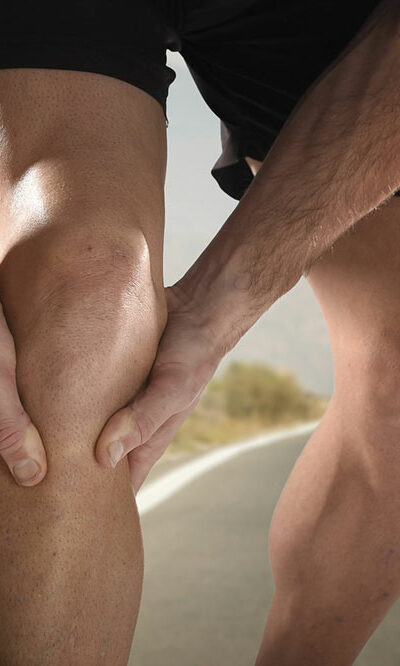Excessive sugar intake and associated signs of liver disease

Approximately 35 million people in the country suffer from diabetes, primarily type-2 diabetes. Excessive sugar intake, coupled with unhealthy lifestyle patterns, has culminated in the rise of this condition. Excessive consumption of sugary foods on a regular basis causes the accumulation of chemicals in the body, affecting the liver and other internal organs. The accumulation of fat in the liver is among the primary liver conditions associated with high levels of blood sugar.
Signs of fat accumulation in the liver
Severe fatigue
Excessive fat accumulation in the liver can cause inflammation and trigger the release of cytokines. These cytokines typically contribute to a sense of fatigue and tiredness. Patients with diabetes may particularly experience fatigue in such cases, as they may suffer from hypoglycemia or fluctuations in blood glucose levels.
Yellowing of the skin
Yellowing of the skin occurs in the most advanced stages of fat accumulation in the liver. It is accompanied by symptoms like itchy skin and swelling of the legs, ankles, and feet. Chronically high blood sugar levels, when left uncontrolled, can contribute to such extreme liver conditions.
Spider veins
Spider veins are caused by the clotting of blood, which impacts blood pressure among people with excessive fat accumulation in the liver. Typically, such patients have excessive secretions of estrogen, contributing to spider veins.
Abdominal pain
Some individuals with fat accumulated in their abdomen may experience a dull pain in the upper right abdomen along with a feeling of fullness, nausea, and loss of appetite.
Skin itching
Liver disease may cause the accumulation of bile salt in large concentrations. Moreover, bile salt may build up underneath one’s skin, leading to itching.
Tips to prevent diabetes-related liver disease
Control sugar intake
The intake of sugary foods like desserts and baked items, as well as sugary beverages like soft drinks, can cause liver damage and the accumulation of fat in the liver over time. Moreover, processed foods and packaged goods contain trans fats and empty calories, which can aggravate the condition. It is best to replace such sugary and processed foods with natural sugar sources like fruits and fresh fruit juices. One should also add sources of complex carbohydrates and healthy fats to one’s regular meals.
Exercise regularly
Adults with fat accumulation in the liver should accommodate at least 150-300 minutes of workout each week. For example, cardio activities like walking, jogging, running, swimming, cycling, aerobics, and dancing can help with maintaining calorie count and reducing the impact of fat accumulation in the liver. Most importantly, it is essential for patients with diabetes and liver conditions to avoid a sedentary lifestyle and move about frequently to manage one’s symptoms.
Have nutrient-rich foods
Foods with specific antioxidants, including oily fish, olive oil, Brussels sprout, cruciferous vegetables, grapefruit, and blueberries can help manage a damaged liver and reduce fat accumulation. Foods rich in vital nutrients like healthy carbohydrates, fats, proteins, vitamins, and minerals can help with a healthy liver among patients with high blood sugar levels.
Stay hydrated
Staying hydrated ensures thinning of one’s blood, enhancing the liver’s functioning. The liver is better able to filter harmful substances from the body with adequate water intake, reducing the chances of poisoning.







